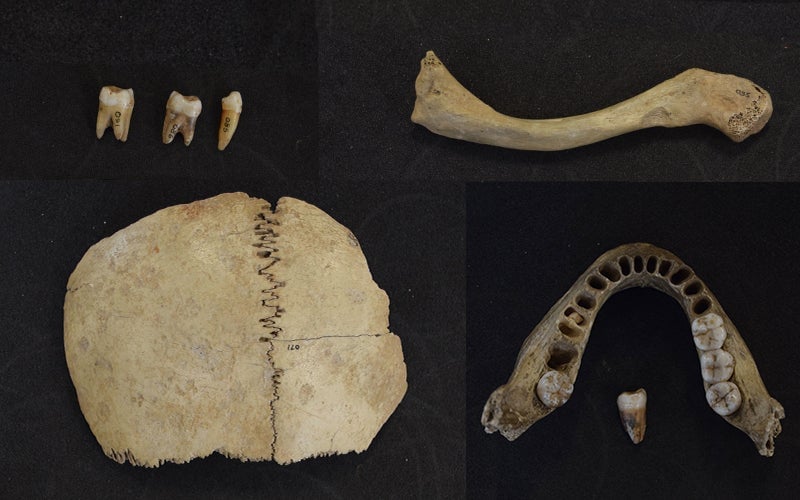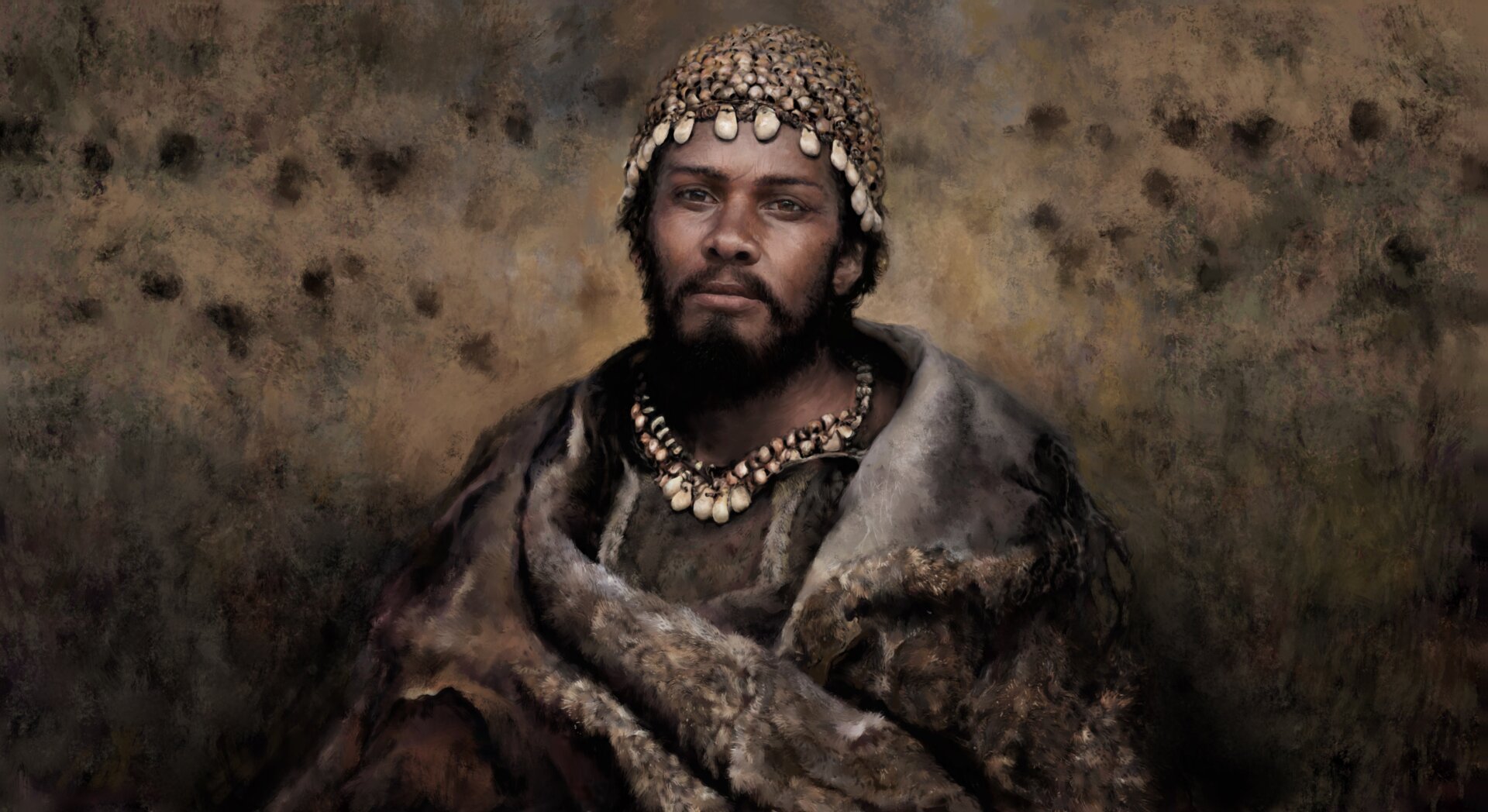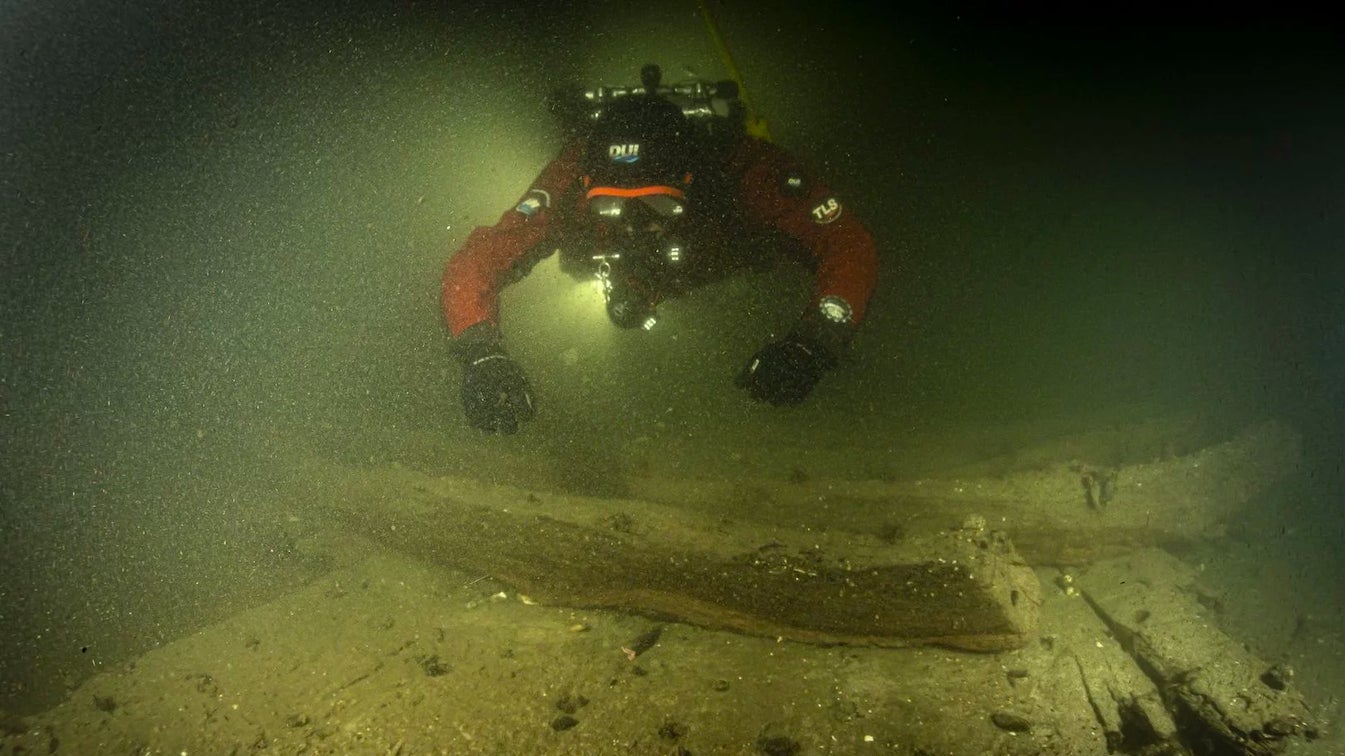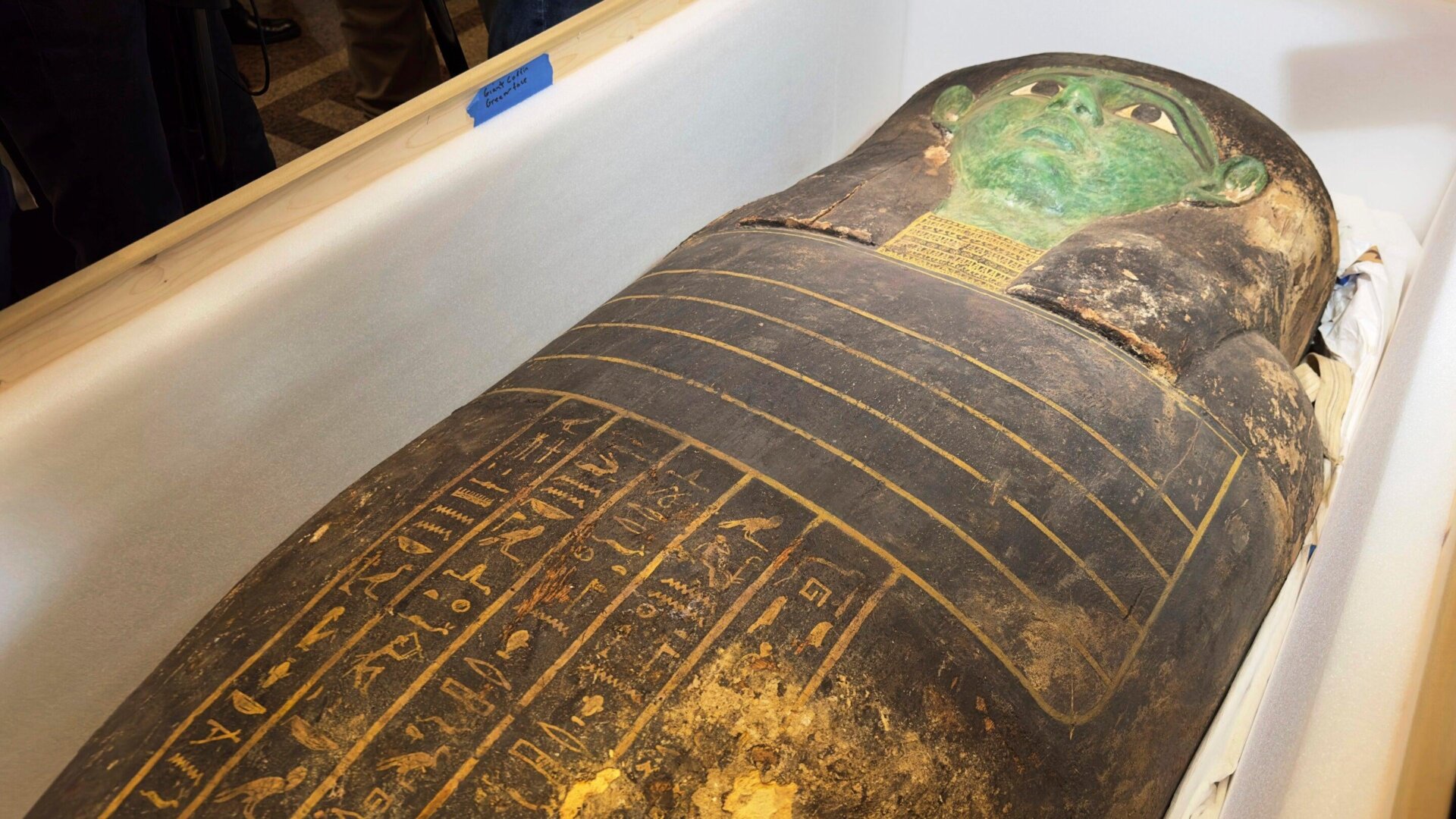Neanderthals, our closest extinct human relatives, continue to fascinate scientists. A recent study analyzing DNA from 13 Neanderthal remains found in the Altai Mountains of southern Russia reveals surprising insights into their social structures. These Neanderthals, who lived approximately 54,000 years ago, provide a glimpse into family dynamics and community connections within this ancient hominin group.
The remains, unearthed in the Chagyrskaya and Okladnikov caves, represent seven males and six females, including both adults and children. This remarkable collection represents the largest number of Neanderthal genomes sequenced in a single study, the results of which are published in Nature. The proximity of these caves to the renowned Denisova Cave, a site rich in Denisovan remains, adds another layer of intrigue to this discovery.
The genetic analysis revealed close family ties within the Chagyrskaya Cave group. Researchers identified a father and daughter pair, as well as second-degree relatives, likely a young boy and his cousin, aunt, or grandmother. This finding offers a rare glimpse into the social organization of a Neanderthal community. Laurits Skov, the lead author of the study from the Max Planck Institute for Evolutionary Anthropology, noted the significance of this discovery, stating that it allows researchers to study Neanderthal social structure through genetics for the first time. The fact that these individuals lived simultaneously strongly suggests they belonged to the same social community.
While both Neanderthals and Denisovans occupied Denisova Cave around the same time that Neanderthals lived in Chagyrskaya Cave, genetic evidence and differing artifact styles indicate no interbreeding between the groups for at least 20,000 years prior to the Chagyrskaya Neanderthals’ existence. However, mitochondrial DNA analysis does suggest an ancestral link between the Chagyrskaya and Okladnikov cave communities.
By comparing the genetic diversity of Y chromosomes (inherited paternally) and mitochondrial DNA (inherited maternally), the team made another compelling observation. The shared genetic variants point to female migration as the primary driver of connections between Neanderthal communities like those found in the Chagyrskaya and Okladnikov caves. Skov explained that the differing mitochondrial DNA but similar Y chromosomes among the Chagyrskaya Neanderthals indicate female mobility.
The close relationships among individuals found at the same site provide a poignant image of Neanderthal family life. While not entirely unexpected, it’s remarkable to see this familial proximity reflected in the archaeological record. As genetic analysis techniques advance and more ancient DNA becomes available, we can expect even deeper insights into the lives of these intriguing human relatives. For more insights into Neanderthals, see: How Do We Know What Neanderthals Looked Like?











